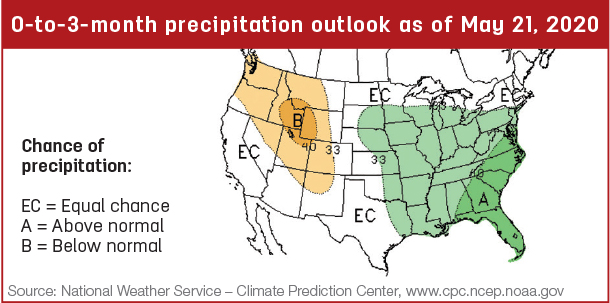When it comes to cattle production, as well as many other things in life, more is not always better. Too much of some things can lead to unnecessary expenses, reduced performance and even death. Trace minerals are a good example of this. If there is a deficiency, then supplementing the appropriate amount to meet the needs of the animal is good. However, providing trace minerals in excess of the requirements results in a useless expense. Additionally, excesses of several trace minerals can lead to reduced performance or death.
Excesses of trace minerals can occur when multiple products with added trace minerals are fed at the same time or when mineral supplements are mixed incorrectly with other feeds. Additionally, excess can occur when drenches or injectable products containing trace minerals are used in addition to a well-formulated mineral supplement that is being consumed at targeted levels or when used in addition to a ration that already has adequate levels of trace minerals.

To meet animal requirements and help avoid trace mineral excesses, it is a good practice to only use a single well-formulated mineral supplement. Using multiple products (e.g., loose mineral supplements, mineral tubs, mineral blocks, etc.) at the same time is costly and can lead to excess.
There are a growing number of reports of cattle deaths associated with copper toxicity; I was involved in a case this spring. Additionally, there are likely numerous other situations where excess copper results in reduced performance that goes unnoticed.
Excess selenium and zinc can also be fatal, and excess iodine has resulted in reduced feed intake and weight gain. If unsure what is best for your operation, work with a nutritionist to make sure animal needs are being met without creating potential problems.
Applying the right amount of herbicide can reduce weed and brush competition and lead to more forage production. However, applying too much herbicide can lead to forage injury, even if the product is labeled for use on the desired species. It is important to make sure sprayers are calibrated and the right amount of product is being applied to achieve the greatest return on investment. Simple directions on calibration can be obtained from local extension personnel or herbicide dealers. Additionally, taking the time to read the product label can be valuable, as some products may have different rates depending on soil type.










